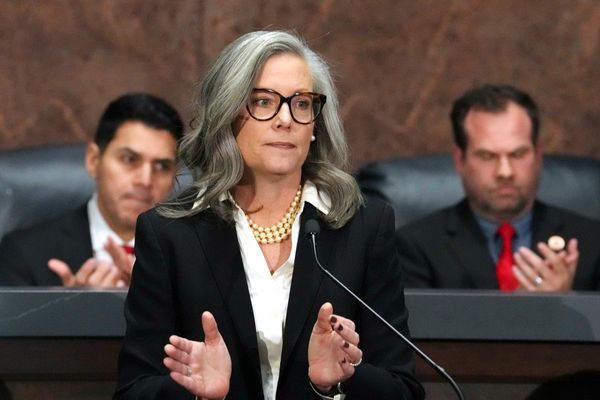
President Donald Trump has directed the Treasury Department to cease the production of new pennies, citing the increasing cost of minting the one-cent coin. Trump expressed his concern over the wastefulness of producing pennies that cost more than their face value, stating that each penny costs the U.S. Mint over 2 cents to produce.
The decision to stop minting new pennies comes as the U.S. Mint reported a loss of $85.3 million in the 2024 fiscal year on the production of nearly 3.2 billion pennies. The cost of producing each penny has risen to nearly $0.037, up from $0.031 the previous year. Similarly, the nickel also incurs a loss, with each $0.05 coin costing nearly $0.14 to make.
While it remains uncertain whether President Trump has the authority to unilaterally eliminate the penny, there is speculation that the Secretary of the Treasury may have the ability to halt the minting of new pennies without congressional approval. Various proposals have been introduced in Congress over the years to address the issue of the penny, including suggestions to suspend its production, remove it from circulation, or implement rounding to the nearest five cents.
Advocates for eliminating the penny point to potential cost savings, faster transactions at cash registers, and the example set by other countries that have already phased out their one-cent coins. For instance, Canada ceased minting its penny in 2012. The U.S. has a historical precedent for discontinuing its least valuable coin, as Congress eliminated the half-cent coin in 1857.
President Trump's administration has been focused on reducing expenses, with efforts led by Elon Musk to identify significant savings within the federal budget. The goal is to achieve $2 trillion in savings by targeting inefficiencies and streamlining government operations.
Trump's directive to halt the production of new pennies underscores his commitment to fiscal responsibility and efficiency in government spending. The move reflects a broader effort by the administration to address financial challenges and promote cost-effective practices across federal agencies.







